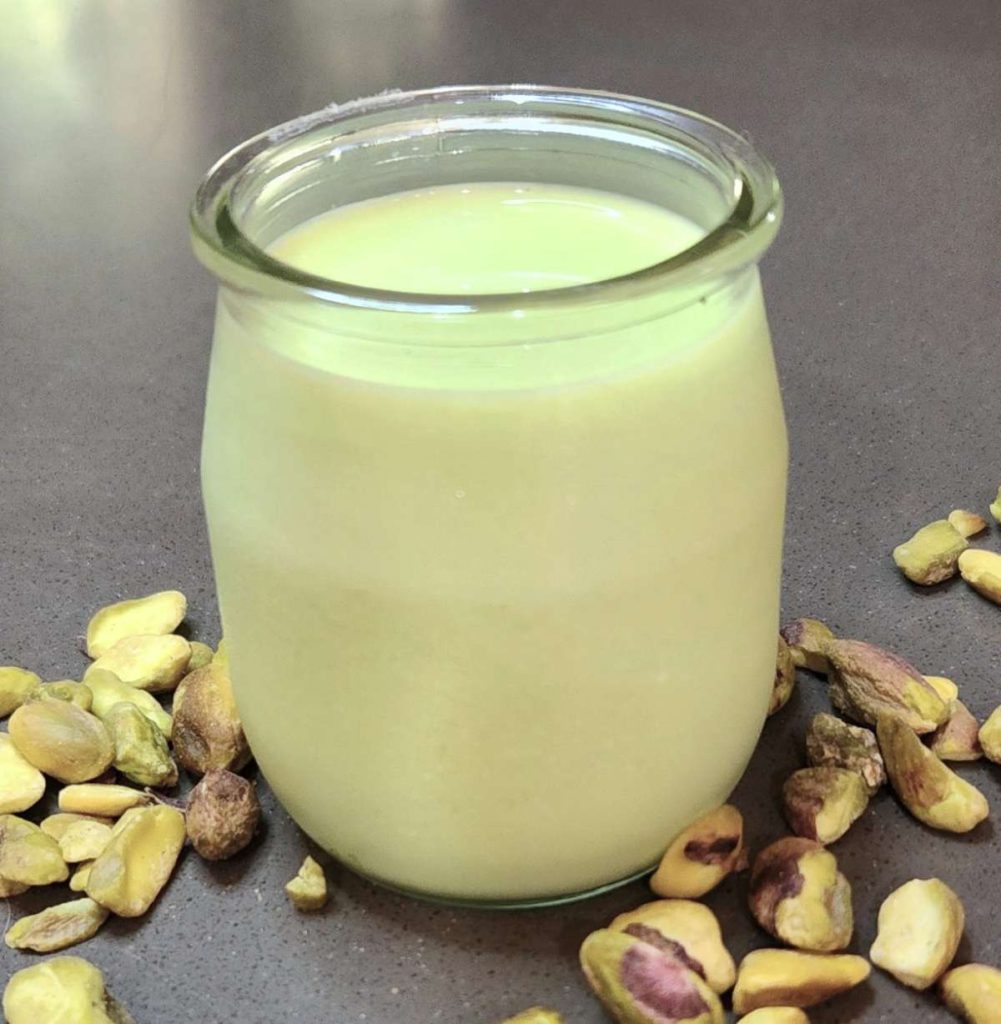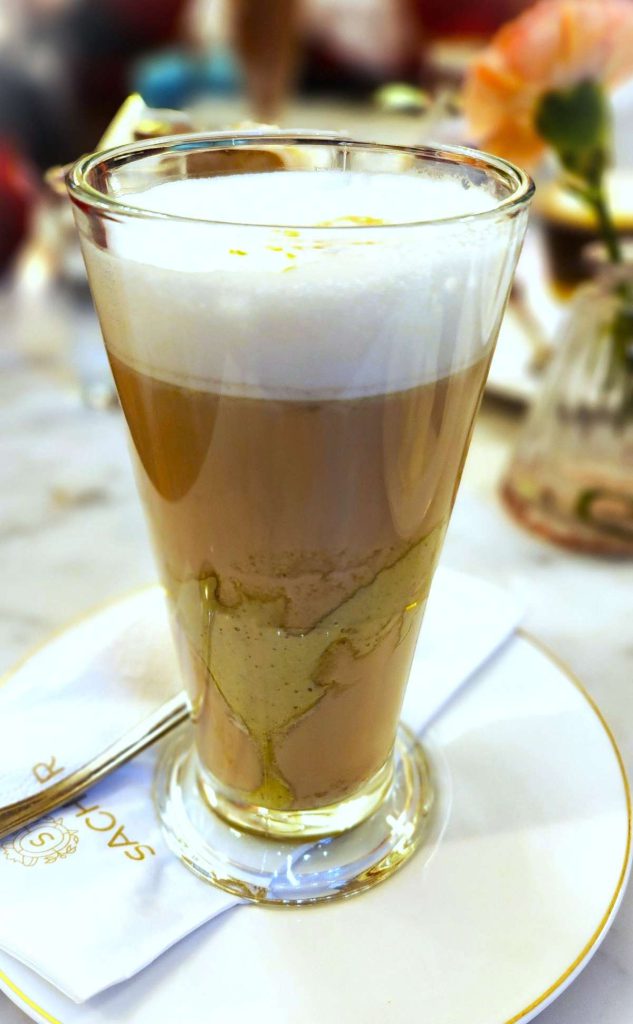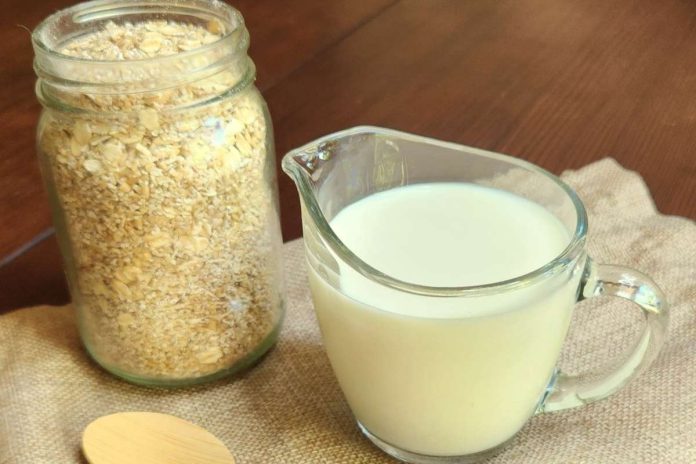Perhaps this is the easiest time in history to make food choices based not only on taste, but sustainability, environmental concerns, promoting good health and vegan or vegetarian preferences. One of the fastest growing food markets is that of non-dairy milks.
No one knows exactly how long plant-based milks have been around, but people have been drinking them for centuries. Chinese references to soy milk date back to the first century. Coconut milk became a popular cooking ingredient in Indian and Southeast Asian recipes around 2,000 years ago. Coconut graters dating back to 3,000 B.C. indicate that people in the island regions of Southeast Asia might have been making coconut milk then.
There are references to almond milk throughout the Middle Ages in Europe and the Middle East. Oat milk is one of the newer non-dairy milks. It was invented in Sweden in the early 1990s.
There are just under 20 different types of non-dairy milks readily available, produced from different plant categories. Almond, pistachio, cashew, macadamia, peanut, walnut and hazelnut milks are made from raw nuts. Flax, hemp and sesame milks are created from non-grass plant seeds. Grains are used to produce oat, rice, spelt and barley milks. Soy and pea milks are made from legumes, and coconut milk is produced from fruit.
Other non-dairy milks produced around the world include brazil nut milk, chickpea milk, lupin milk, banana milk, potato milk and quinoa milk. These milks can be more difficult to purchase stateside. However, all of these and the milks listed above can be made at home from online recipes.

Daniel O’Donnell

Daniel O’Donnell

Daniel O’Donnell
Many online non-dairy meal recipes are vegan. However, non-dairy milks can be used as a substitute for milk in many non-vegetarian recipes at a 1:1 ratio as well. The type of non-dairy milk to be used as a substitute should be based on levels of proteins, sugars and fats. These can vary from brand to brand even if they are made from the same plant base. It’s important when cooking or baking with non-dairy milk to read the ingredient label.
Fat content can affect the final dish’s texture and mouthfeel. Fats are high in caloric energy and different fats have different smoke points. These factors need to be considered when substituting non-dairy milk for animal milk. Higher fat content options for non-dairy milks would be: coconut milk, which has the highest; hemp milk, which is high in healthy omega 3s and 6s fats; and cashew milk, which is usually the creamiest of all the non-dairy milks.
Many non-dairy milks have sweetened and unsweetened options. Opting for the unsweetened non-dairy milk is optimal when cooking or baking since most recipes rely on other ingredients for sweetening. However, unsweetened nut milks can bestow a nutty flavor to a dish or baked item so they can be used when this nutty flavor complements the other ingredients in the recipe.
Different non-dairy milks have different consistencies. Soy and oat milks are often better for baking since their thickness is close to that of milk. Almond and rice milk are waterier, which can make sauces and curries less rich and allow the delicate spices to shine, can make the texture of quiches and frittatas fluffier, and can be used to make lighter versions of dishes such as macaroni and cheese and other creamy casseroles. The different consistencies can be used to mimic dairy milk options commonly used in coffee, tea and smoothies.
Froth is an important component in many specialty coffee and tea drinks. Protein, fat and steam are the three items that come together to create a creamy froth. Whole milk is considered the ideal milk for frothing by many baristas, but there are some worthy non-dairy milk candidates as well. Soy milk is the best non-dairy milk for frothing because of its high protein content and neutral flavor. Some non-dairy milk companies offer special barista blends or editions in which extra protein, stabilizers and sometimes vegetable oil are added to their flagship almond or oat milks to make them frothable.
Egg dishes, pancakes, breads, soups, pasta sauces, mashed potatoes, casseroles, ice cream and baked desserts are just a few of the dishes non-dairy milks can be used in. Experimenting with different non-dairy milks in cereal or in coffee or tea can add new flavors to the morning breakfast routine. If non-dairy milks continue to innovate and gain popularity, then someday there might need to be an article explaining what non-plant-based milk is.
Daniel O’Donnell is the co-owner and operator of an organic landscape design/build company in Fremont. Chrysalis-Gardens.com




